Aluminium Patio Doors Buyer’s Guide: Sliding Into Style
Table of Contents
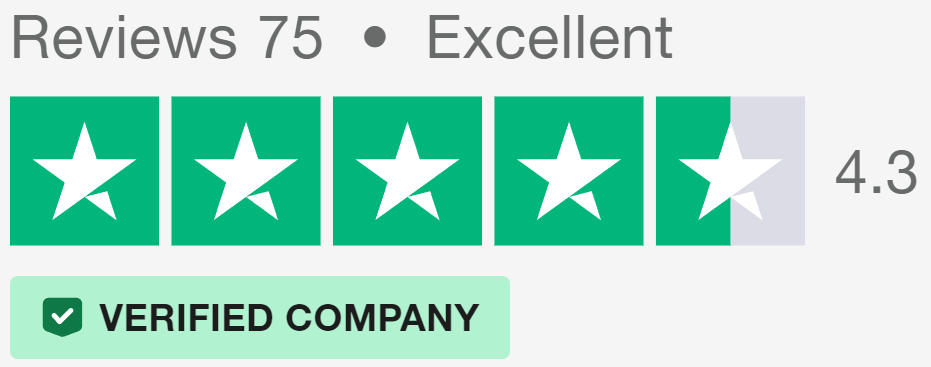
What Are Aluminium Patio Doors?
Aluminium patio doors are a popular choice for homeowners looking to connect their indoor and outdoor spaces. These doors offer a blend of style and functionality, with sleek frames that maximise views and natural light.
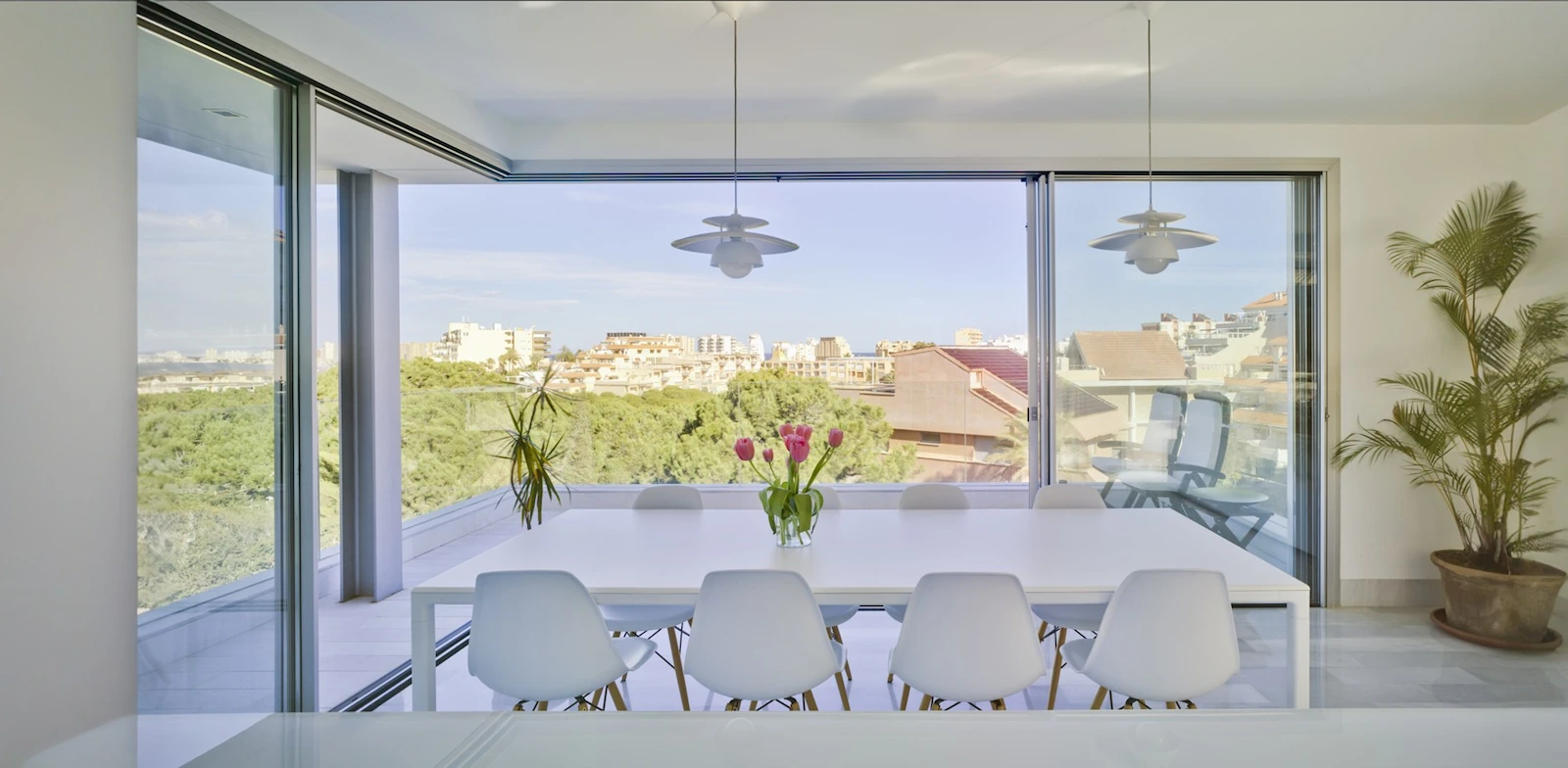
Types of Aluminium Patio Doors
Sliding Patio Doors
Sliding aluminium patio doors are a space-saving option, perfect for homes where swing space is limited. They glide smoothly along tracks, allowing for easy operation and a wide opening. Modern designs often feature slim frames, maximising the glass area and your view of the outdoors.
Bifold Patio Doors
For those seeking to fully open up their living space, bi-folding patio doors are an excellent choice. These doors consist of multiple panels that fold back on themselves, creating a wide, unobstructed opening. When closed, they provide a wall of glass that floods your room with natural light.
French Patio Doors
Traditional in style but modern in construction, aluminium French doors offer a classic look with contemporary benefits. They typically open outwards from the centre, creating a welcoming entrance to your garden or patio area. The aluminium construction ensures they’re more durable and require less upkeep than their wooden counterparts.
Components of Aluminium Patio Doors
The frame forms the backbone of the door, providing strength and structure. High-quality weather seals are crucial for insulation and draught prevention. The glass panels, often double or triple-glazed, play a big role in energy efficiency and noise reduction.
Modern aluminium patio doors often feature advanced locking systems for stronger security. Multi-point locks are common, securing the door at various points along the frame. Some designs include toughened or laminated glass for additional protection.
The hardware, such as handles and rollers, contributes to both the appearance and functionality of the door. Many manufacturers offer a range of finishes to match your home’s decor. For sliding doors, smooth-running rollers ensure easy operation, even with large glass panels.
Aluminium patio doors have come a long way in recent years. Advancements in thermal break technology have greatly improved their insulation properties, addressing one of the main concerns associated with older aluminium doors. This technology creates a barrier between the inner and outer sections of the frame, reducing heat transfer and improving energy efficiency.
When choosing aluminium sliding patio doors, consider the overall design of your home. These doors can complement both modern and traditional architecture, depending on the style and finish you select. From sleek, minimalist frames to more ornate designs, there’s an option to suit every taste.
Benefits of Choosing Aluminium for Patio Doors
Aluminium sliding doors boast an impressive strength-to-weight ratio, allowing for slimmer frames that maximise glass area and views. This lightweight nature doesn’t compromise durability; aluminium resists corrosion, rust, and warping, even in harsh weather conditions.
Durability and Longevity
Daily use and environmental challenges are no match for sliding aluminium patio doors – they won’t rot, swell, or become misshapen due to moisture, unlike wood. Powder-coated finishes on most aluminium glass doors resist scratching and fading, keeping your doors looking fresh for years. This resilience often translates to a lifespan that outlasts other door materials by decades.
Energy Efficiency
Thermal breaks in the frame of modern aluminium sliding patio doors reduce heat transfer, helping to keep your home warm in winter and cool in summer. When paired with double or triple glazing, these doors can contribute to lower energy bills. Some high-performance models achieve U-values comparable to those of uPVC doors, challenging the outdated notion that aluminium doors are poor insulators.
Low Maintenance Requirements
A simple wipe down with a damp cloth is usually sufficient to keep aluminium patio doors clean. The anodised or powder-coated finish doesn’t require painting or varnishing, saving time and money on upkeep. Tracks of sliding doors may need occasional cleaning to ensure smooth operation, but this task is quick and straightforward.
Customisation Options
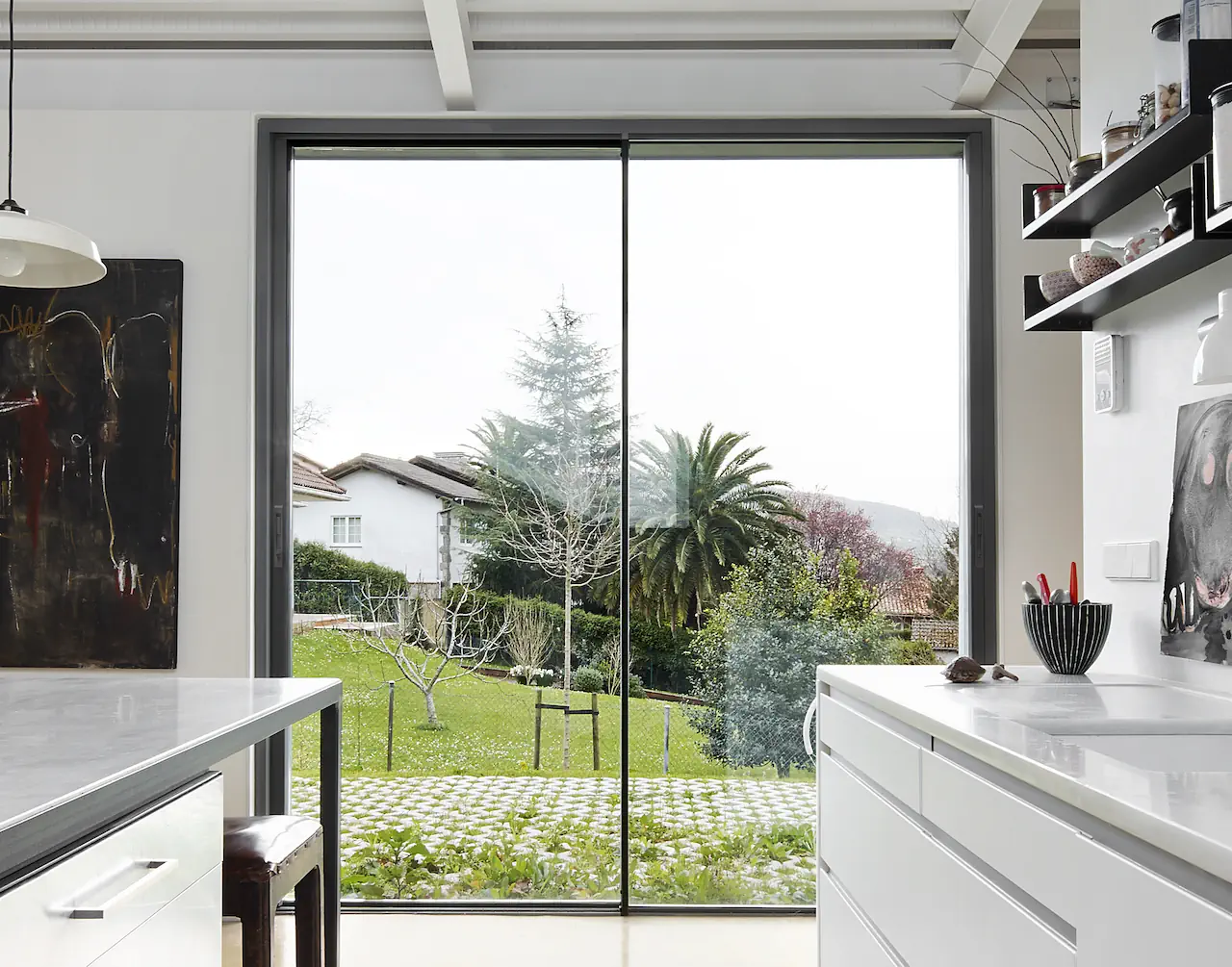
Extensive colour options are available for aluminium sliding doors, from subtle greys and whites to bold statement hues. Many manufacturers offer dual colour options, allowing different colours on the interior and exterior surfaces. Finishes can be matte, gloss, or textured to suit your preferences.
Versatility extends to the door design itself. Various handle styles, glass types, and panel configurations allow you to create a look that complements your home’s architecture. Some suppliers even offer curved, corner or angled aluminium patio doors for unique architectural features.
Larger glass panels and slimmer frames are possible due to aluminium’s strength, compared to other materials. This can result in more expansive views and increased natural light in your home. Slimline aluminium patio doors with frames that almost disappear when viewed from a distance are available from some manufacturers, perfect for those seeking a minimalist look.
Aluminium Patio Door Prices
What Affects The Cost?
Size plays a crucial role in determining the price of aluminium patio doors. Larger doors or those with multiple panels will cost more due to increased material and labour requirements. A basic 2-panel sliding door might start around £1,200, while a 4-panel configuration could reach £3,500 or more.
Glazing options impact both performance and price. Double glazing is standard, but triple glazing, while pricier, offers improved thermal and acoustic insulation. Low-E glass coatings, which reflect heat back into the room, add to the cost but can help reduce energy bills in the long run.
Colour choices can affect the final price. Standard white or grey finishes are often the most economical, while custom colours or dual colour options (different colours inside and out) may incur additional charges. Textured or metallic finishes usually come at a premium.
Hardware quality and security features contribute to the overall cost. Basic locking systems are included in standard prices, but advanced multi-point locking mechanisms or smart locks will increase the price. Similarly, upgraded handles or speciality hardware like flush handles for a sleeker look will add to the total.
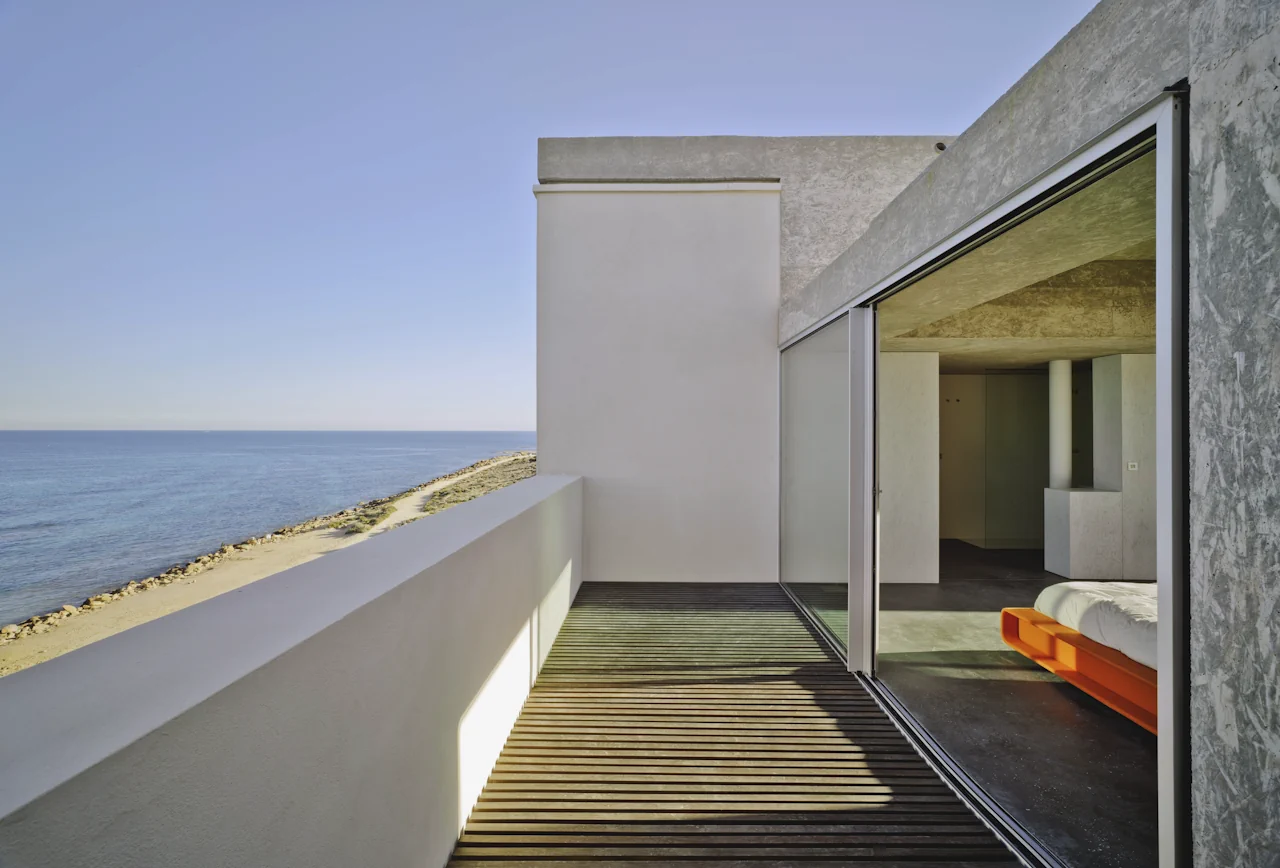 Aluminium slimline sliding doors
Aluminium slimline sliding doors
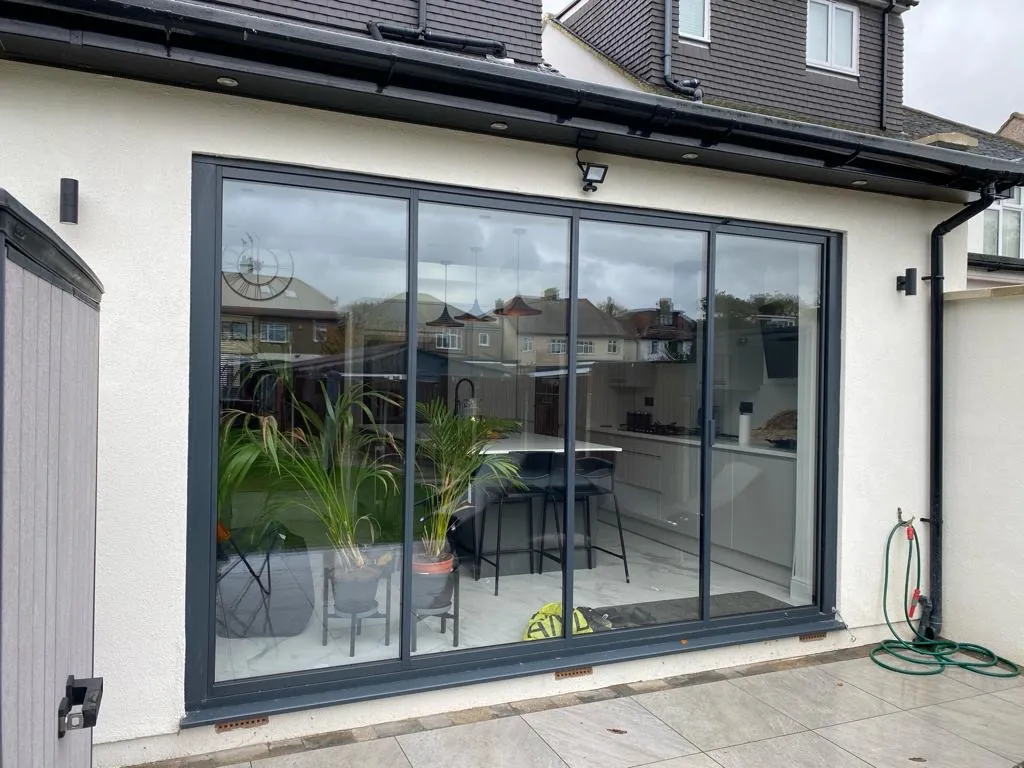
Aluminium slide and fold patio doors
Value for Money
While the initial outlay for aluminium sliding patio doors may be higher than some alternatives, their longevity often results in better value over time. The robust nature of aluminium means these doors can last 20 years or more with proper care, compared to 10-20 years for typical uPVC doors.
Energy efficiency savings should be factored into the long-term cost assessment. Modern aluminium patio doors with thermal breaks and high-performance glazing can help reduce heating and cooling costs, potentially offsetting some of the initial investment over the years.
Low maintenance requirements translate to cost savings throughout the door’s lifetime. Unlike wooden doors that may need regular painting or treatment, aluminium doors generally only require simple cleaning to maintain their appearance and function.
Aluminium patio doors can boost property value, particularly in higher-end homes or properties where design aesthetics are a key selling point. The sleek, modern look and large glass areas that aluminium frames allow are often attractive to potential buyers.
When comparing quotes, consider the whole package rather than just the base price. Some suppliers might offer seemingly lower prices but charge extra for features that come standard with other providers. Always check what’s included in terms of glazing, hardware, and guarantees to ensure you’re making a fair comparison.
Installation
Fitting aluminium patio doors requires precision and expertise, and professional installation ensures proper alignment, weatherproofing, and operation. Most suppliers offer installation services, often bundled with the purchase price.
Typical Installation Process
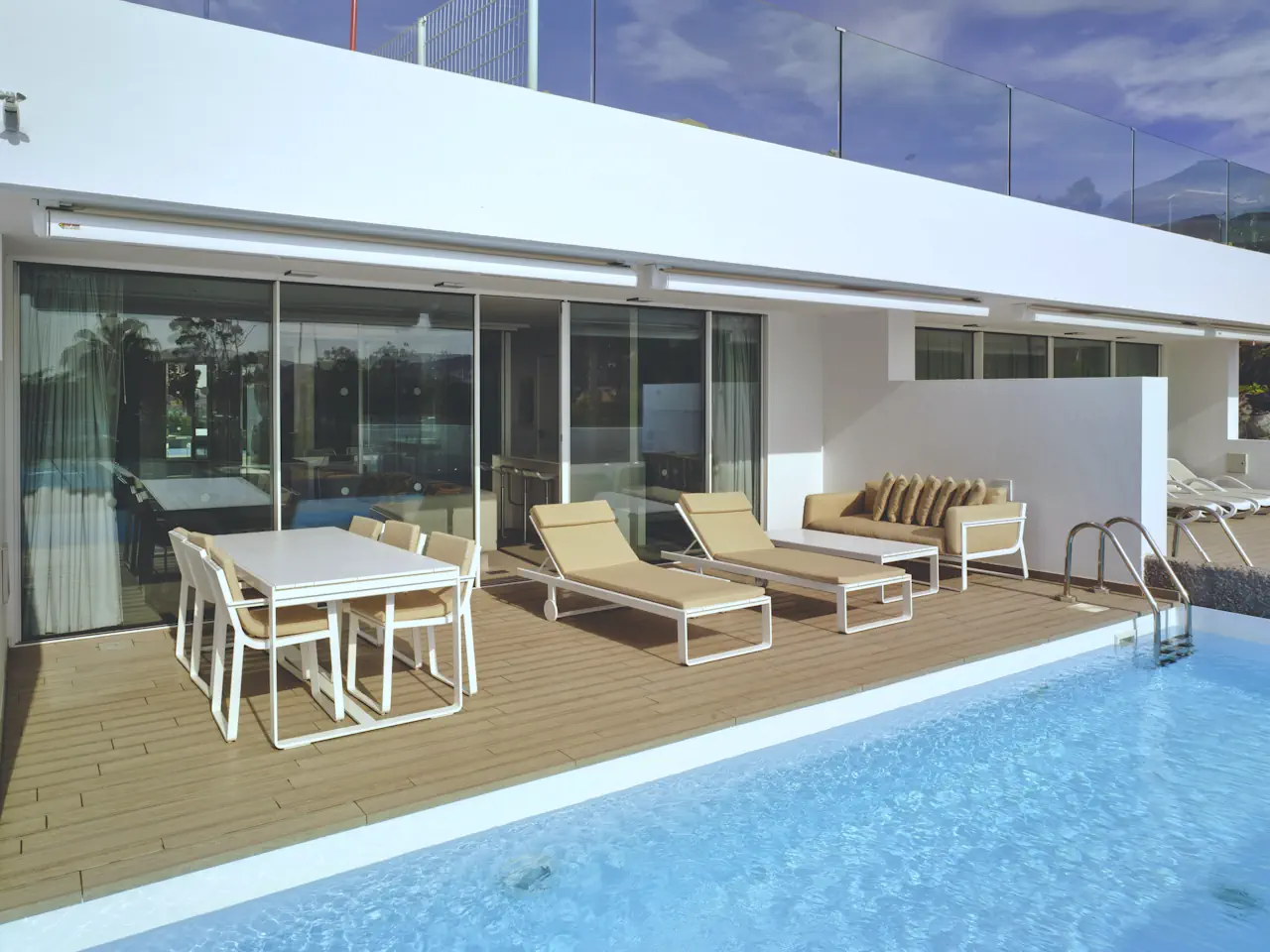
Most installations take a day to complete, though larger or more complex setups might require two days. Disruption to your home is usually minimal, but expect some noise and dust during the process.
After installation, the team should provide a demonstration of how to operate and maintain your new aluminium sliding patio doors. They’ll explain any special features and provide care instructions to keep your doors in top condition.
It’s wise to check the warranty terms before installation begins. Some manufacturers may require professional installation to validate the warranty. Keep all documentation provided, as you may need it for future reference or if you decide to sell your home.
Remember, while DIY installation might seem tempting to save money, it’s generally not recommended for aluminium patio doors. Incorrect installation can lead to problems with operation, security, and energy efficiency. The potential long-term costs of a poor installation often outweigh any initial savings.
Care and Maintenance of Aluminium Patio Doors
Tracks and rollers need attention to ensure smooth operation of sliding aluminium patio doors. Vacuum the tracks regularly to remove dirt and debris. A light spray of silicone lubricant on the rollers every few months keeps them gliding effortlessly.
Glass panels benefit from regular cleaning with a standard glass cleaner. For best results, use a lint-free cloth or squeegee. In coastal areas, more frequent cleaning may be necessary to prevent salt build-up, which can etch the glass over time.
Cleaning Methods
Warm soapy water and a soft cloth are usually sufficient for routine cleaning of aluminium frames. Rinse with clean water and dry with a soft cloth to prevent water spots. For powder-coated finishes, a gentle car shampoo can be effective for stubborn dirt.
Sliding door tracks collect dirt and grit easily. A vacuum cleaner with a narrow nozzle attachment works well for removing loose debris. For more thorough cleaning, a small brush can dislodge stuck-on dirt. Wipe the tracks with a damp cloth afterwards.
Drainage holes in the frame bottom should be kept clear to prevent water build-up. A thin wire or pipe cleaner can remove any blockages. This simple task helps prevent water ingress and potential damage to your home’s interior.
Dealing with Scratches and Damage
Minor scratches on powder-coated aluminium can often be touched up with colour-matched paint. For anodised finishes, specialised products are available. Deep scratches or dents may require professional repair to maintain the door’s integrity and appearance.
Loose or damaged weatherstripping can lead to drafts and reduced energy efficiency. Inspect the seals regularly and replace them if they show signs of wear or damage. Most hardware stores stock generic weatherstripping, but for the best fit, order replacements from your door manufacturer.
Glass damage, while rare, requires immediate attention. Small chips can sometimes be repaired, but cracks usually necessitate full panel replacement. Always use a professional for glass repairs or replacement to ensure safety and maintain your warranty.
Hinges and locking mechanisms benefit from occasional lubrication. A dry lubricant or graphite powder works well and doesn’t attract dust like oil-based products. Apply sparingly to avoid excess build-up, which can attract dirt and affect operation.
Making Your Choice
Selecting the right aluminium patio doors involves balancing aesthetics, functionality, and budget. Consider your home’s architectural style and how the doors will integrate with your existing décor. Modern homes often suit minimalist designs with slim frames, while traditional properties might benefit from more classic styles.
Think about how you’ll use the space. If you frequently entertain or enjoy outdoor living, aluminium bifold doors might be ideal for creating a wide opening. For everyday use or in areas with limited space, sliding doors offer a practical solution without compromising on style.
Energy efficiency should be a key factor in your decision. Look for doors with good U-values and consider upgrading to triple glazing if you live in a particularly cold climate. The initial cost might be higher, but the long-term energy savings can be substantial.
Security features vary between manufacturers. Multi-point locking systems, toughened glass, and anti-lift mechanisms are worth considering, especially for ground floor installations. Some high-end models offer smart locking options, allowing you to control access via your smartphone.
Measuring Your Space
Start by measuring the width of the opening at the top, middle, and bottom. Use the smallest measurement to ensure the door will fit. For height, measure from the top of the opening to the finished floor level at both sides and the centre.
Consider the threshold height when measuring. Low threshold sliding patio doors offers easier access, particularly beneficial for those with mobility issues. However, ensure it still provides adequate weather protection.
Factor in space for handles and any protruding hardware when measuring. These can affect how far the door can open and the clearance needed around the opening.
For sliding doors, think about which side you want the sliding panel to be on. This decision might be influenced by furniture placement or the layout of your room.
If you’re replacing existing patio doors, check for any signs of damage around the current frame. Addressing these issues before installation ensures a smoother fitting process and better long-term performance of your new doors.
Frequently Asked Questions
How do aluminium patio doors compare to uPVC?
When comparing uPVC vs aluminium sliding patio doors, aluminium often offers slimmer frames and greater strength. This allows for larger glass areas and improved sightlines. While uPVC patio doors are generally less expensive initially, aluminium versions typically last longer and provide more design options. Both materials offer good energy efficiency, but aluminium often presents a more premium look.
Are slimline aluminium patio doors as strong as standard versions?
Yes, slimline aluminium patio doors maintain excellent strength despite their thinner profiles. The inherent properties of aluminium allow for robust construction even with reduced frame sizes. These doors offer improved sightlines and larger glass areas without compromising on security or durability.
Can I get coloured aluminium patio doors?
Absolutely. Coloured aluminium patio doors are available in a wide range of shades. Unlike uPVC, which is limited in colour options, aluminium can be powder-coated in almost any colour. This includes wood-effect finishes for a traditional look, or bold, contemporary hues for a modern aesthetic.
How energy efficient are aluminium patio doors?
Modern aluminium patio doors offer excellent energy efficiency. Thermal break technology in the frames reduces heat transfer, while high-performance glazing options further improve insulation. Many aluminium doors now match or exceed the thermal performance of uPVC alternatives.
Are glass patio doors safe?
Glass patio doors, including aluminium versions, are designed with safety in mind. They typically use toughened or laminated safety glass, which is stronger than standard glass and breaks into small, less harmful pieces if shattered. Many also feature multi-point locking systems for better security.
How long do aluminium patio doors last?
With proper care, aluminium patio doors can last 20 years or more. Their resistance to corrosion, warping, and fading contributes to their longevity. Regular maintenance, such as cleaning and lubricating moving parts, can extend their lifespan even further.
Do aluminium patio doors require more maintenance than uPVC?
Aluminium patio doors generally require similar or less maintenance than uPVC versions. Both need regular cleaning, but aluminium’s durability means it’s less prone to warping or discolouration over time. The powder-coated finish on aluminium doors is highly resistant to fading and scratching, often maintaining its appearance longer than uPVC.
Can aluminium patio doors be fitted with blinds?
Yes, many aluminium patio door systems can be fitted with integrated blinds (integral blinds). These sit between the panes of glass, offering a sleek look and easy maintenance. Alternatively, standard blinds or curtains can be fitted around the doors, just as with uPVC or wooden versions.
How wide can aluminium patio doors be?
Aluminium patio doors can span impressive widths, with some designs reaching up to 3 metres for a single sliding panel. For larger openings, multi-panel configurations can extend to 12 metres or more. The exact maximum width depends on the specific product and manufacturer. Aluminium’s strength allows for these wider spans without compromising on security or performance.
Are aluminium patio doors more expensive than other materials?
Initially, aluminium patio doors often cost more than uPVC alternatives but less than timber options. However, their longevity and low maintenance requirements can make them more cost-effective in the long run. Prices vary based on size, glazing options, and additional features. While the upfront investment is higher, many homeowners find the durability and aesthetic appeal of aluminium doors justify the cost.
What's the difference between sliding and bifold aluminium patio doors?
Sliding aluminium patio doors feature panels that glide along a track, with one fixed panel and one or more sliding panels. They’re ideal for unobstructed views and work well in spaces where swing-out doors might be impractical. Bi-fold doors (also known as concertina doors or folding doors), on the other hand, consist of multiple panels that fold back on themselves, accordion-style. They can open up an entire wall. The choice often depends on available space and how you plan to use the area.
How noisy are aluminium sliding patio doors?
Quality aluminium sliding patio doors operate quietly. They use smooth-running rollers that glide silently along the tracks. Any noise is usually due to debris in the tracks or rollers that need lubrication – both easily addressed with routine maintenance. If you notice persistent noise, it might indicate an issue with alignment or worn components, which a professional can quickly resolve.
Are aluminium patio doors recyclable?
Yes, aluminium patio doors are highly recyclable. Aluminium can be recycled indefinitely without losing quality, making it an environmentally friendly choice. At the end of their long lifespan, these doors can be fully recycled, reducing waste and conserving resources. This recyclability, combined with their energy efficiency and durability, contributes to the overall sustainability of aluminium patio doors.
Can aluminium patio doors be installed in listed buildings?
Installing aluminium patio doors in listed buildings is possible but requires careful consideration and often, special permission. Local planning authorities usually assess each case individually. In some instances, slim-profile aluminium doors might be approved if they’re sympathetic to the building’s character. It’s crucial to consult with conservation officers and obtain necessary approvals before proceeding with any installations in listed properties.
How do I prevent birds from flying into aluminium patio doors?
To prevent bird collisions with aluminium patio doors, consider applying window decals or films designed to be visible to birds but unobtrusive to humans. Exterior screens or netting can also be effective. Placing bird feeders closer to the doors can slow birds’ approach, reducing impact risks. For a more permanent solution, some glass options have UV coatings visible to birds but not humans.
Are there any downsides to aluminium patio doors?
While aluminium patio doors offer many benefits, potential downsides include higher initial costs compared to some alternatives like uPVC. In older designs, thermal efficiency was a concern, but modern thermal break technology has largely addressed this issue. Some people find the touch of aluminium cold, especially in winter. Also, scratches on coloured finishes can be more noticeable than on uPVC, though they’re generally highly scratch-resistant.
Are aluminium patio doors suitable for commercial properties?
Aluminium patio doors are excellent for commercial properties. Their strength and durability make them ideal for high-traffic areas. The slim profiles maximise natural light, beneficial in office or retail environments. Many aluminium door systems meet commercial building regulations for safety and accessibility. Their low maintenance requirements and long lifespan also make them cost-effective for businesses in the long term.
Can aluminium patio doors be fitted with insect screens?
Yes, aluminium patio doors can be fitted with insect screens. Many manufacturers offer integrated screening solutions that are discreet and easy to use. For sliding doors, retractable screens that disappear when not in use are popular. Bi-folding doors can be fitted with pleated screens that fold away neatly.
How do I maintain the powder coating on aluminium patio doors?
To maintain the powder coating on aluminium patio doors, clean them regularly with mild soap and water, avoiding abrasive cleaners or materials. Rinse thoroughly and dry with a soft cloth. In coastal areas, clean more frequently to prevent salt build-up. Address any chips or scratches promptly to prevent corrosion. For stubborn stains, use a non-abrasive cream cleaner. Applying a coat of car wax annually can help protect the finish and maintain its lustre.
How do aluminium bifold patio doors work?
Aluminium bifold patio doors operate on a track system, allowing multiple door panels to fold back on themselves like an accordion. Each panel is connected with hinges, enabling them to fold and stack neatly to one or both sides of the opening. When fully open, they create a wide, unobstructed space, blurring the line between indoor and outdoor areas. A ‘traffic door’ is often incorporated for everyday use without opening the entire system.
What are the latest trends in aluminium patio door designs?
Current trends in aluminium patio door designs focus on minimalist aesthetics with ultra-slim frames to maximise glass area and views. Darker frame colours like anthracite grey and black are popular for a contemporary look. There’s growing interest in large-scale doors, some spanning entire walls. Smart home integration is on the rise, with automated opening systems and advanced security features. Energy efficiency remains a key trend, with high-performance glazing and improved thermal breaks.
Are aluminium patio doors good for modern homes?
Modern sliding doors made from aluminium are excellent for contemporary homes. Their slim profiles and clean lines create a sleek, minimalist look that aligns with modern design principles. The ability to span large openings with minimal framing maximises natural light and views, a hallmark of modern architecture. The wide range of colours and finishes available allows for customisation to suit any modern aesthetic, from industrial chic to minimalist luxury.
What are thermally broken aluminium patio doors?
Thermally broken aluminium patio doors feature a design that separates the inner and outer parts of the frame with a low-conductivity material. This ‘thermal break’ hugely reduces heat transfer through the frame, improving the door’s overall insulation properties. It addresses the historical concern of aluminium being a good heat conductor. Thermally broken doors help maintain comfortable indoor temperatures, reduce energy costs, and prevent condensation issues, making them particularly beneficial in colder climates.
We’d Love to Help You
Vision Glass Doors is a designer, manufacturer, and installer of premium aluminium door systems. We are a family run business with over 20 years’ experience and 5,000 installations across the UK.
Our leading range of door systems include Ultra Slim – Aluminium Slide and Fold Doors, Slimline Aluminium Sliding Patio Doors and Frameless Glass Doors. Suitable for various internal and external applications, they are applicable to residential and commercial projects.
Click Quick Quote Online for a free quotation within 24 hours. Alternatively, call or email us on 01582 492730 or at info@visionglassdoors.co.uk.

